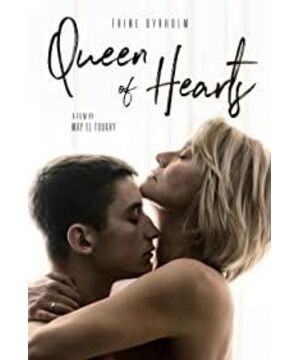1. The script is adapted from Racine's "Feder", and the source is Euripides' "Hippolytus".
2. Deleted the image of "girl" that opposes "boy", namely Artemis and Alice.
3. Therefore, the image of Annie is reduced to pure desire in the film, and what is lost is the "fate" of the ancient Greek version and the "jealous" of Racine.
4. The irony of the movie's location in social welfare institutions and the discussion of family relations.
5. It is Gustav who is enriched, he is no longer a thin character, a concrete representative of desire and punishment.
6. What is missing most is the feelings between the two protagonists portrayed in "Feder". In "Queen of Hearts", Anne was blacked to the end. Gustav's last strong kiss downstairs was very powerful and tragic, but it was still difficult to see his feelings for Anne. Correspondingly, the trotter appeared in the first half Disappeared in the plot. In the same way, because Anne was black to the end, her feelings for Gustav were missing. This cannot be simply classified as a mid-life crisis/retaliation for the husband’s alienation from the family.
7. In fact, there are enough ideas about the background setting of reorganizing the family, but from the standpoint of a good plot, I am eager to see the extension of the image of "Alice". Annie's two daughters have too few functions. The possibility of a new relationship between "daughter" and Gustav.
8. Finally, returning to Gustav, Sara Kane subversively deconstructed the characters of Hippolytus in "The Love of Phaedra", and at the end gave him a complete relationship with Phaedra. Confession. But in "Queen of Hearts", Anne’s feedback to Gustav in the unit is almost just a "reaction" on the plot. Gustav, he can die, he can die alone, but there may be better The method gave him a grand trial, allowing the plot and intention to be complete at the end.
View more about Queen of Hearts reviews











